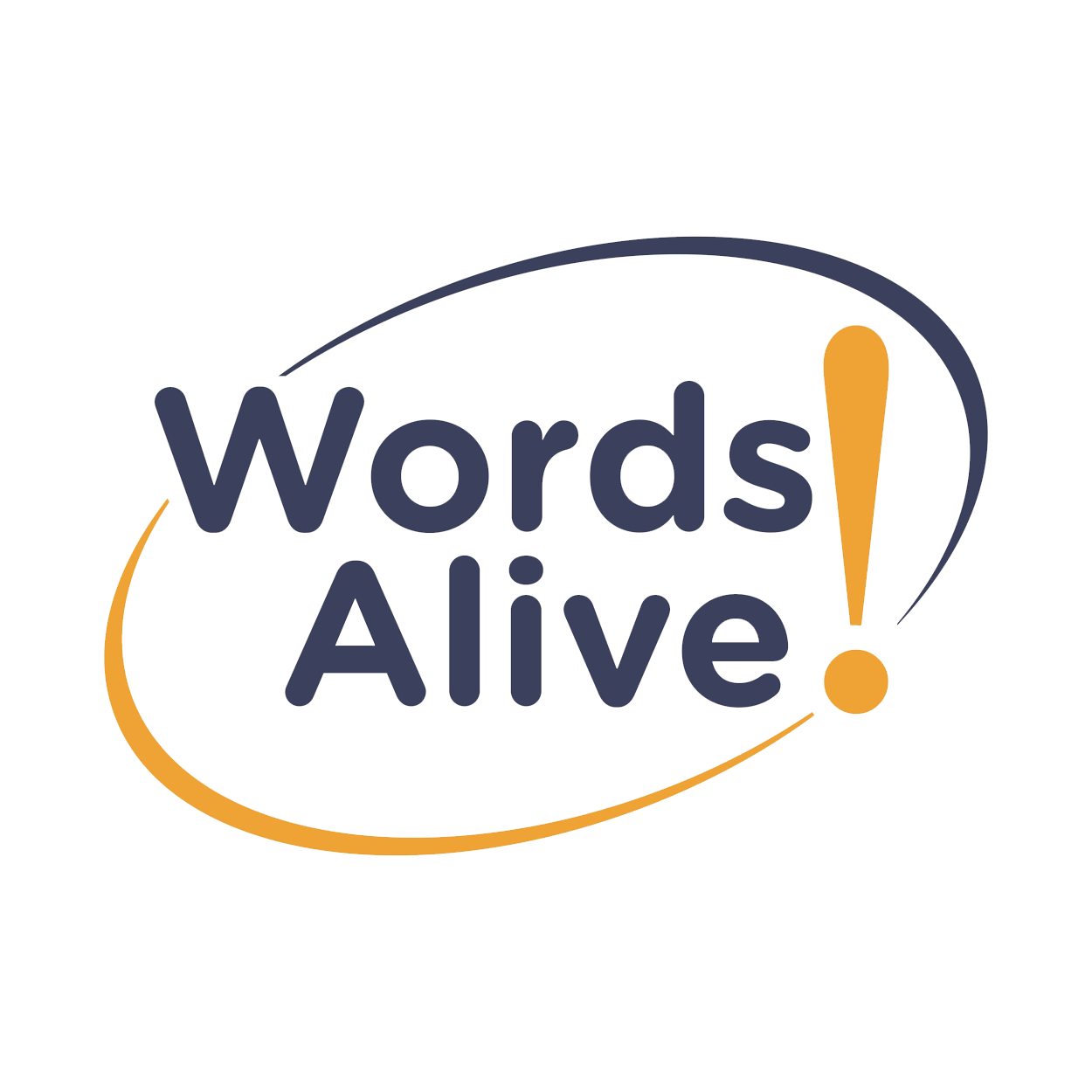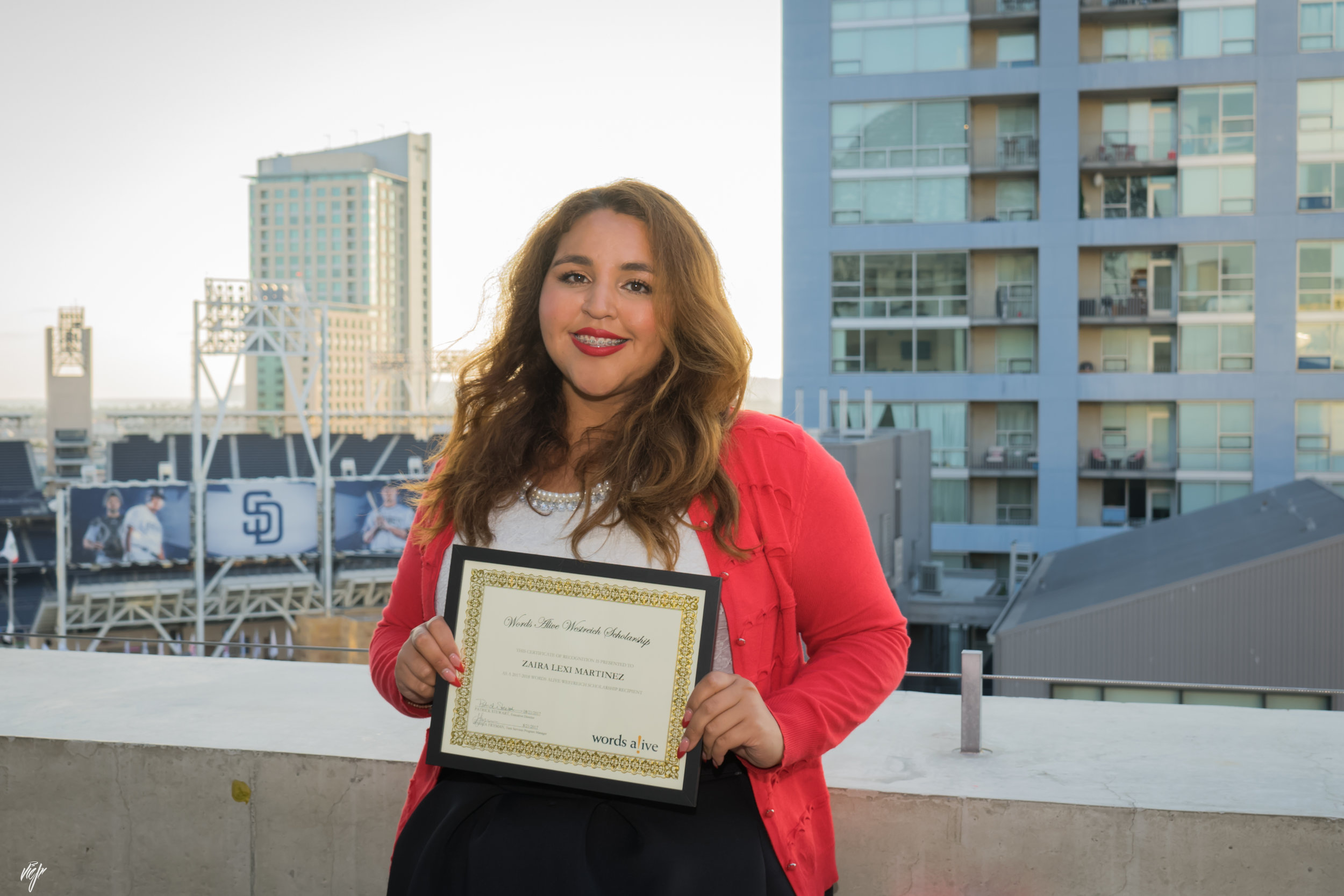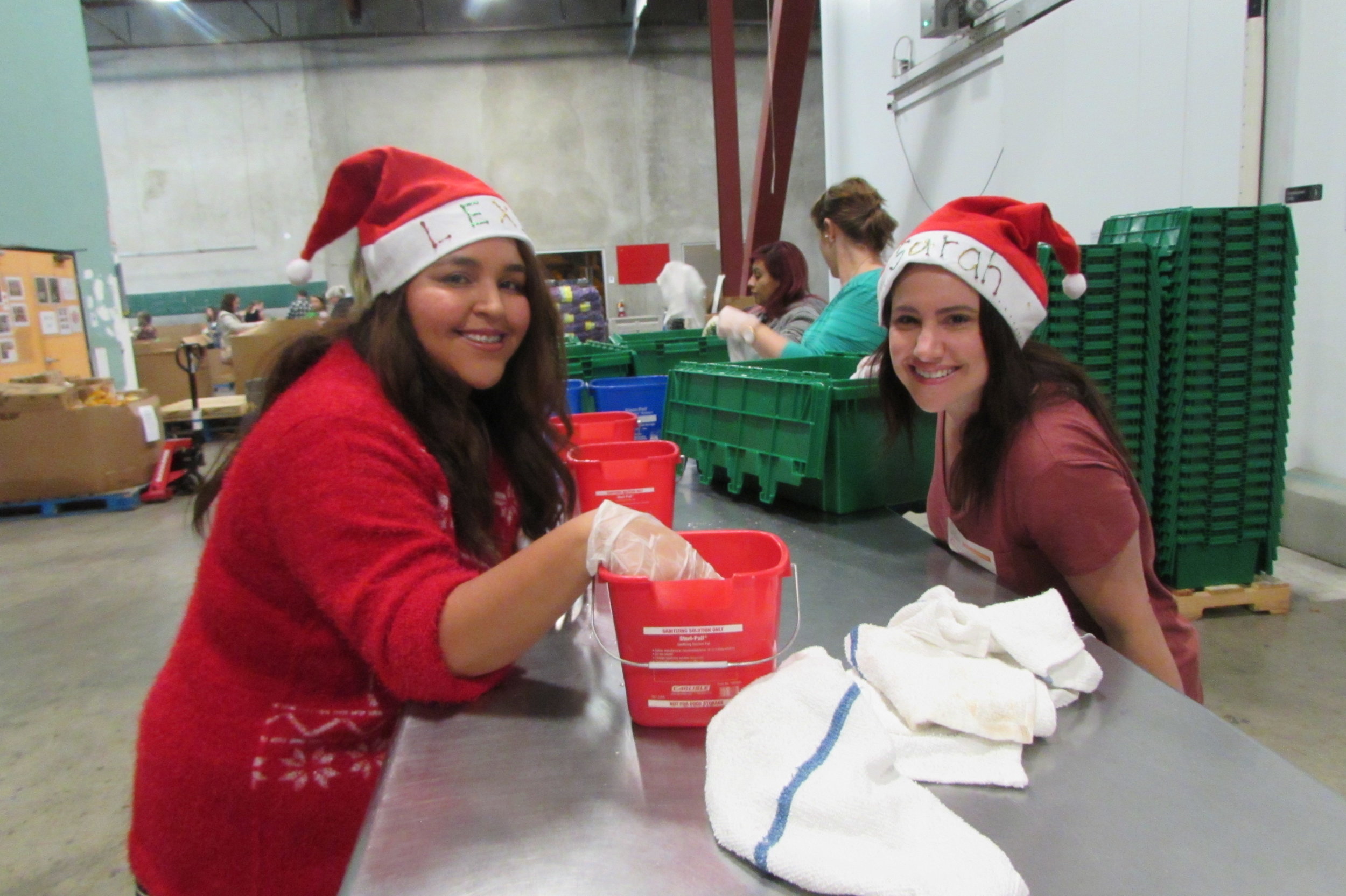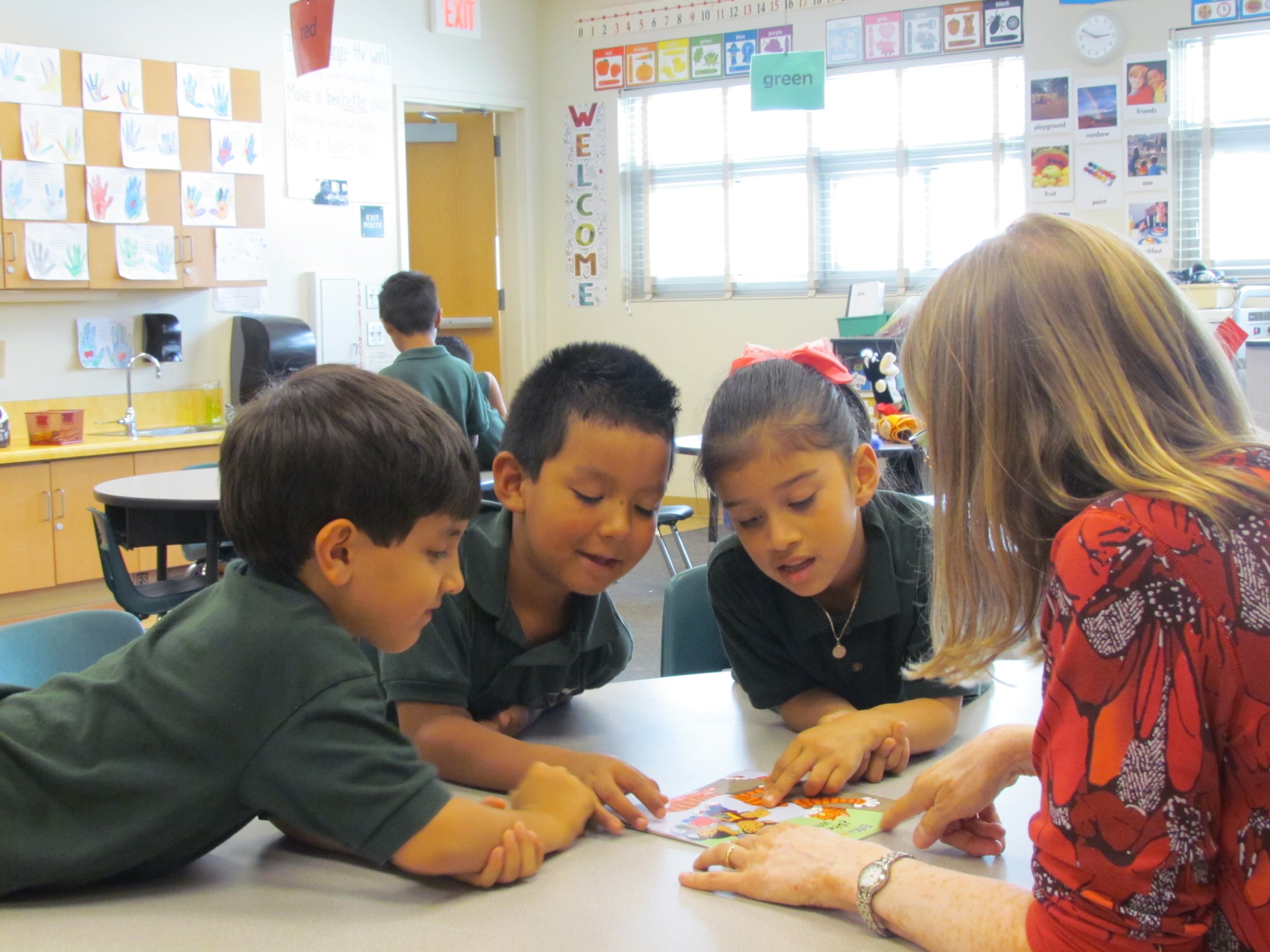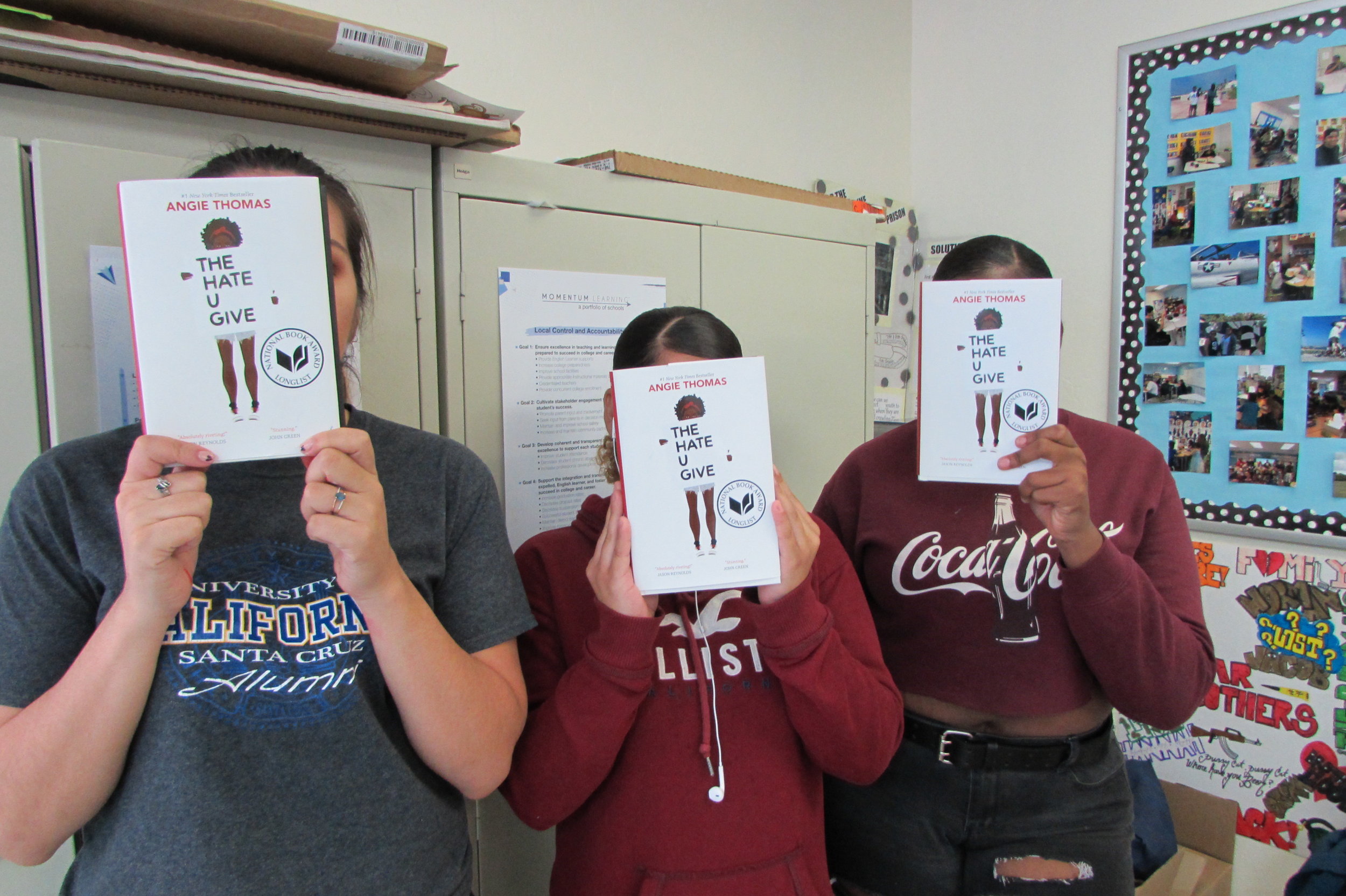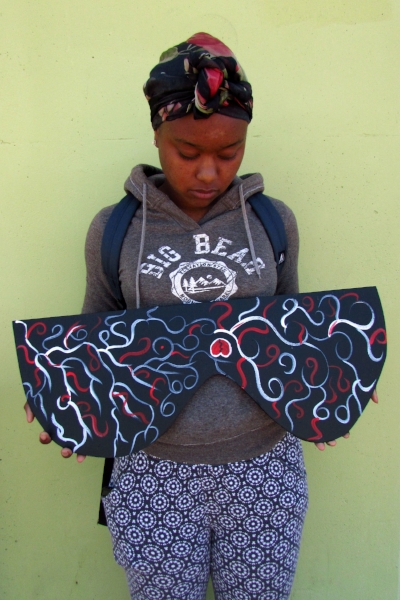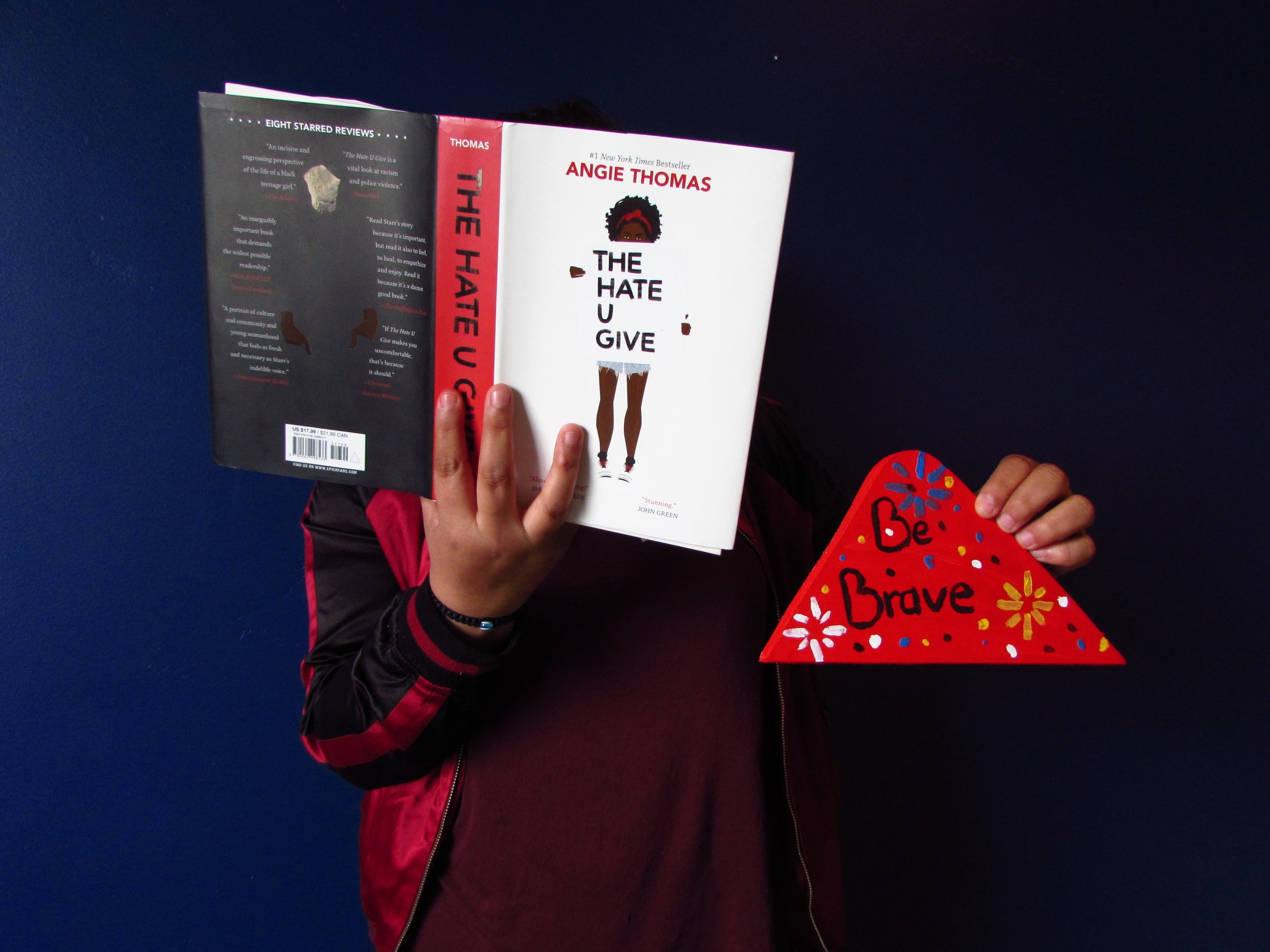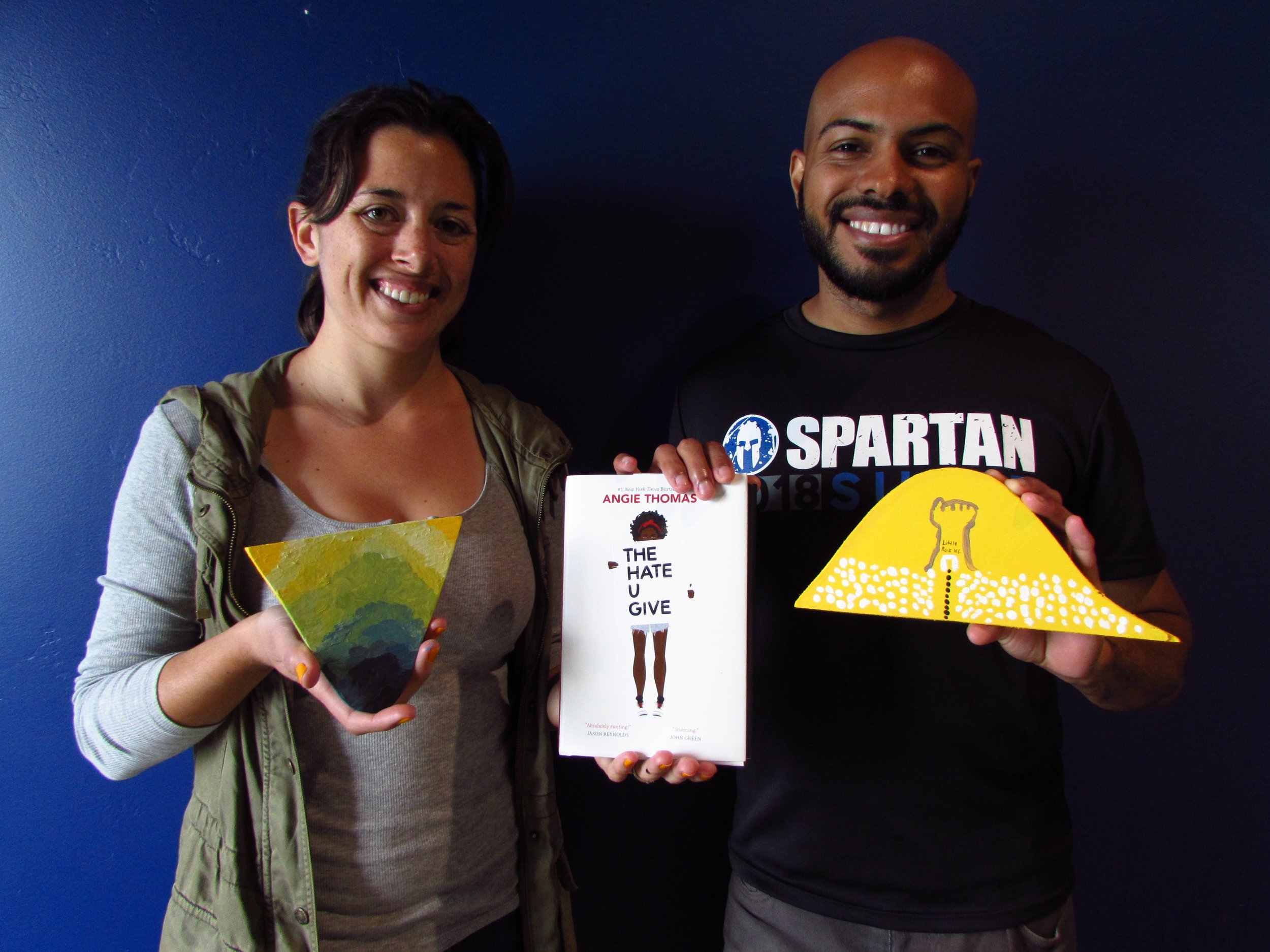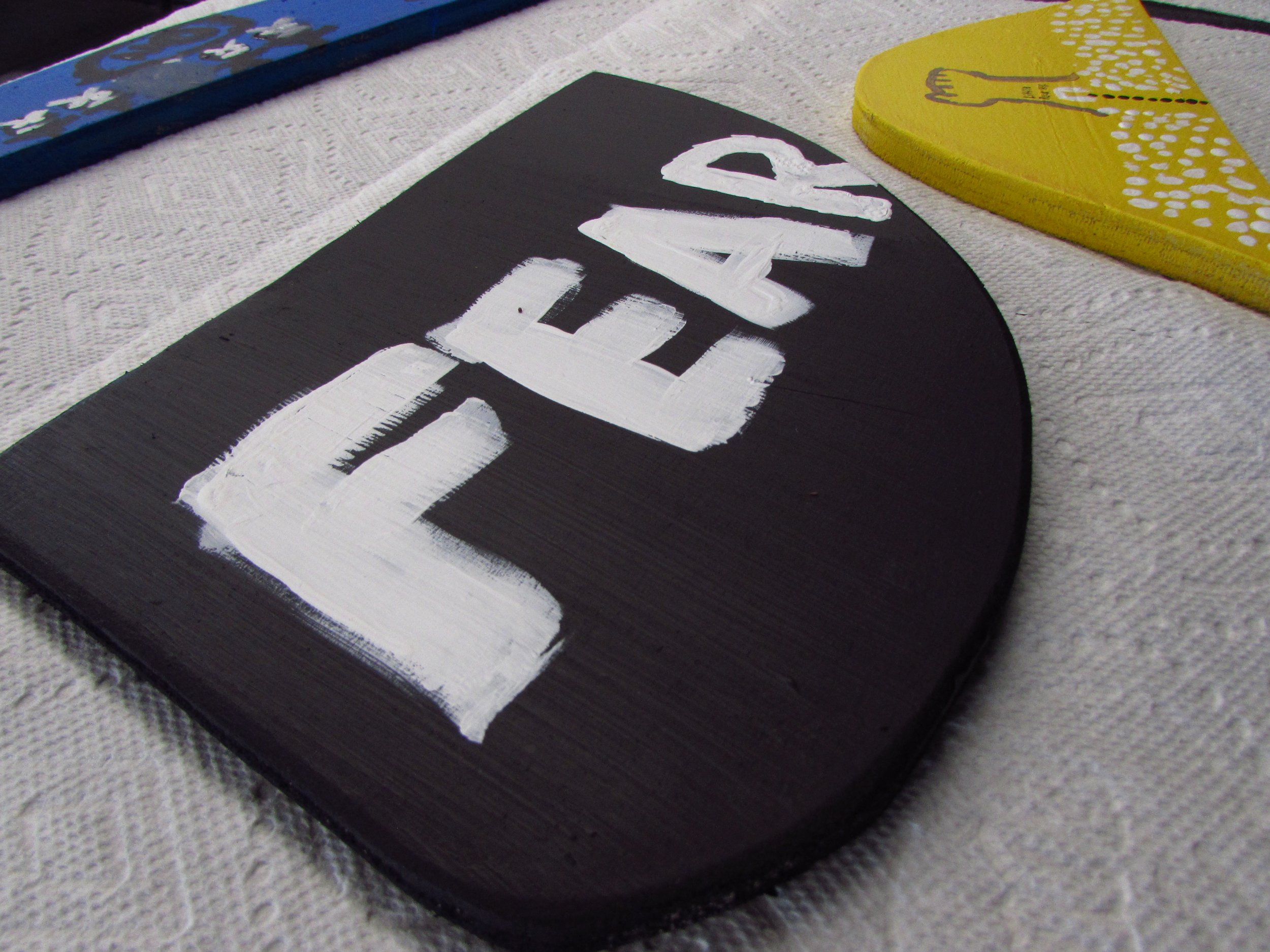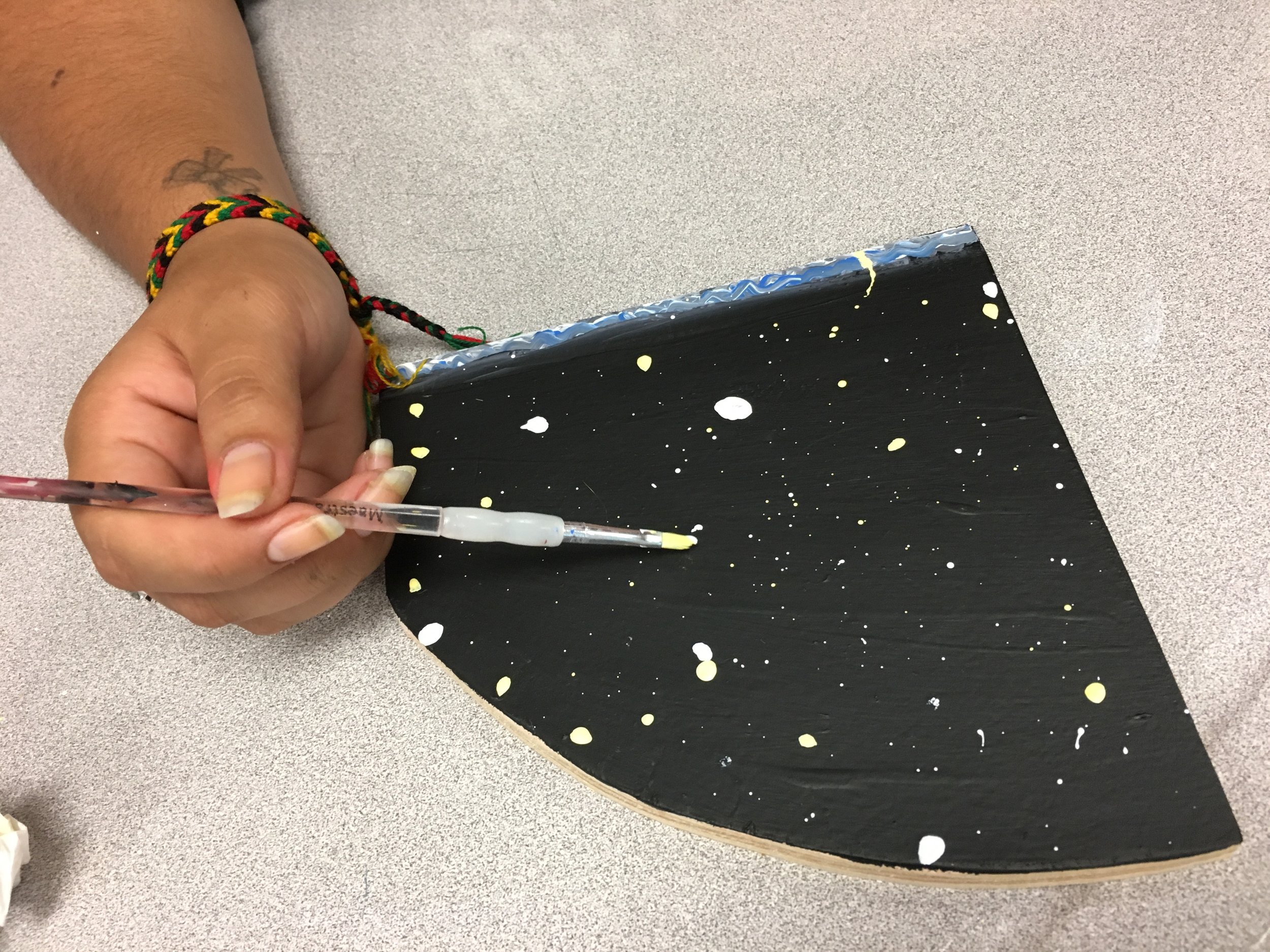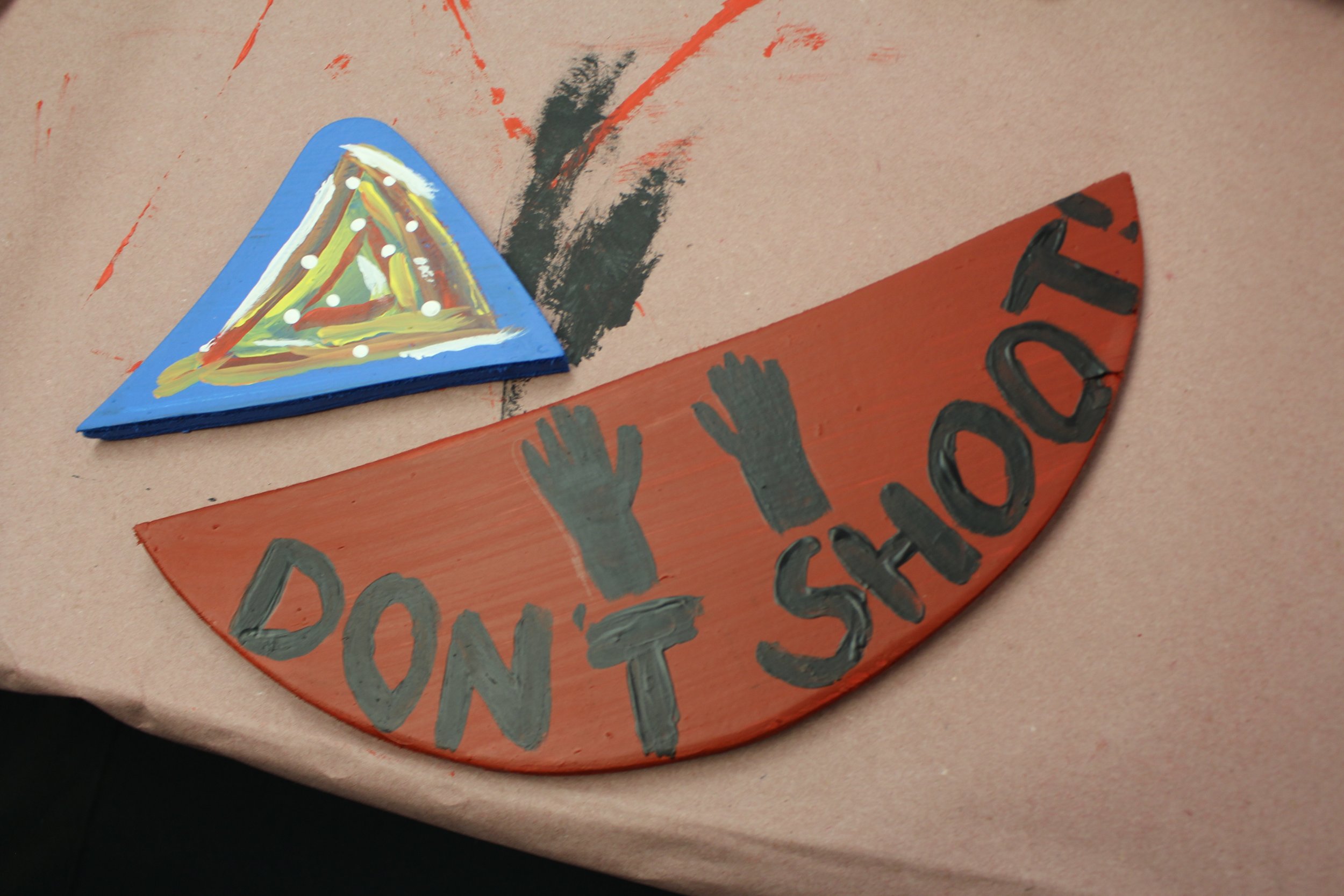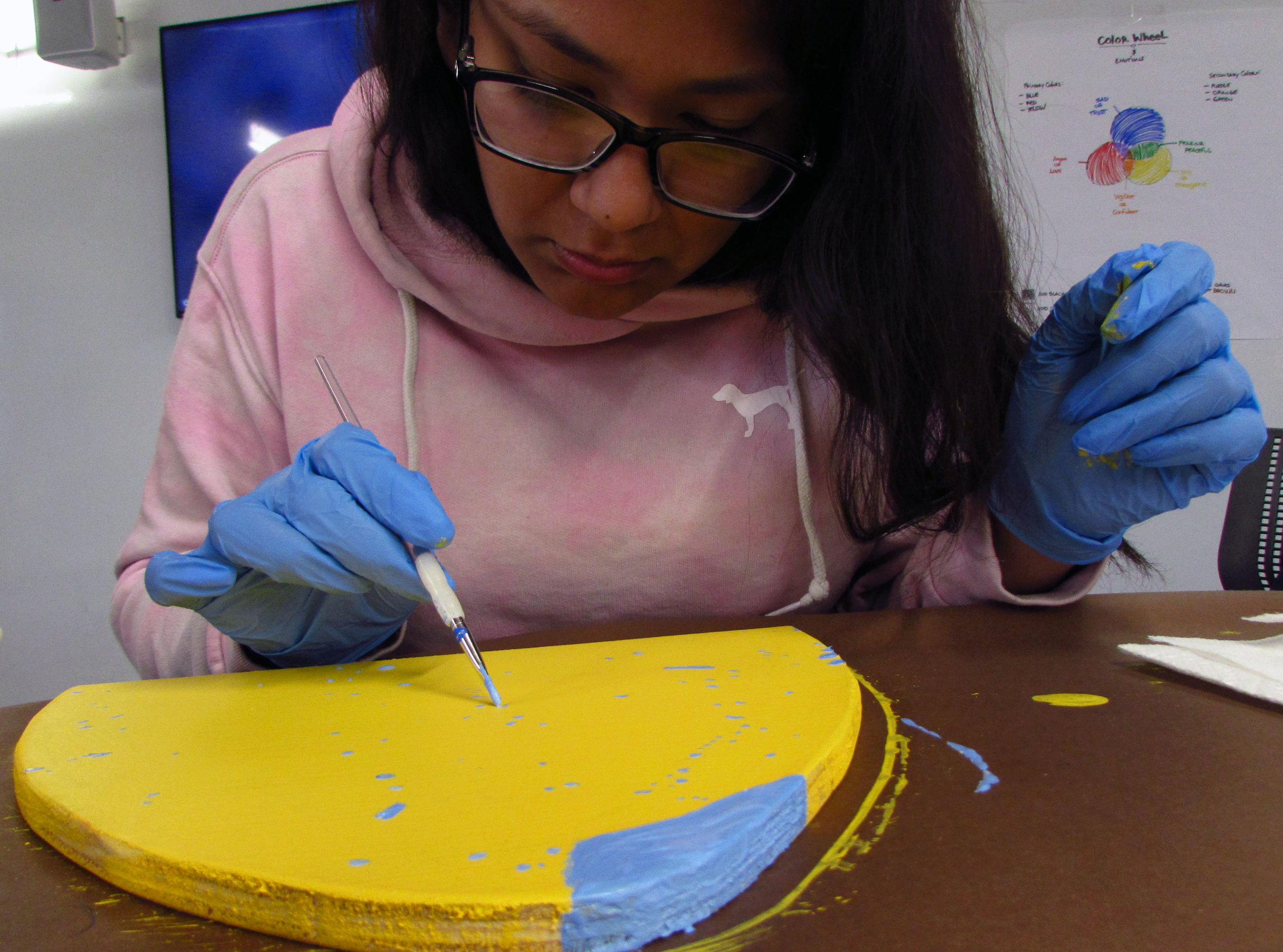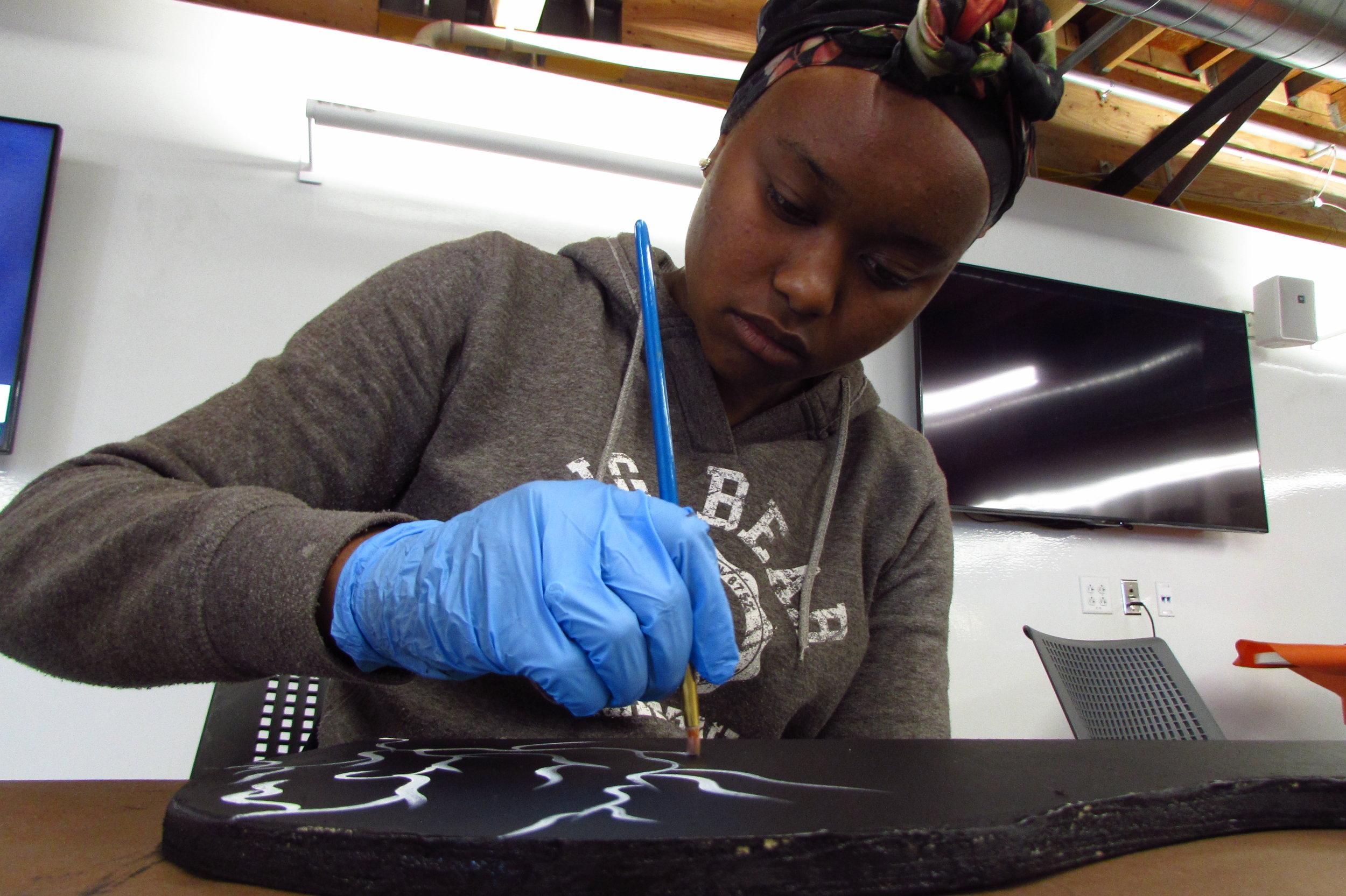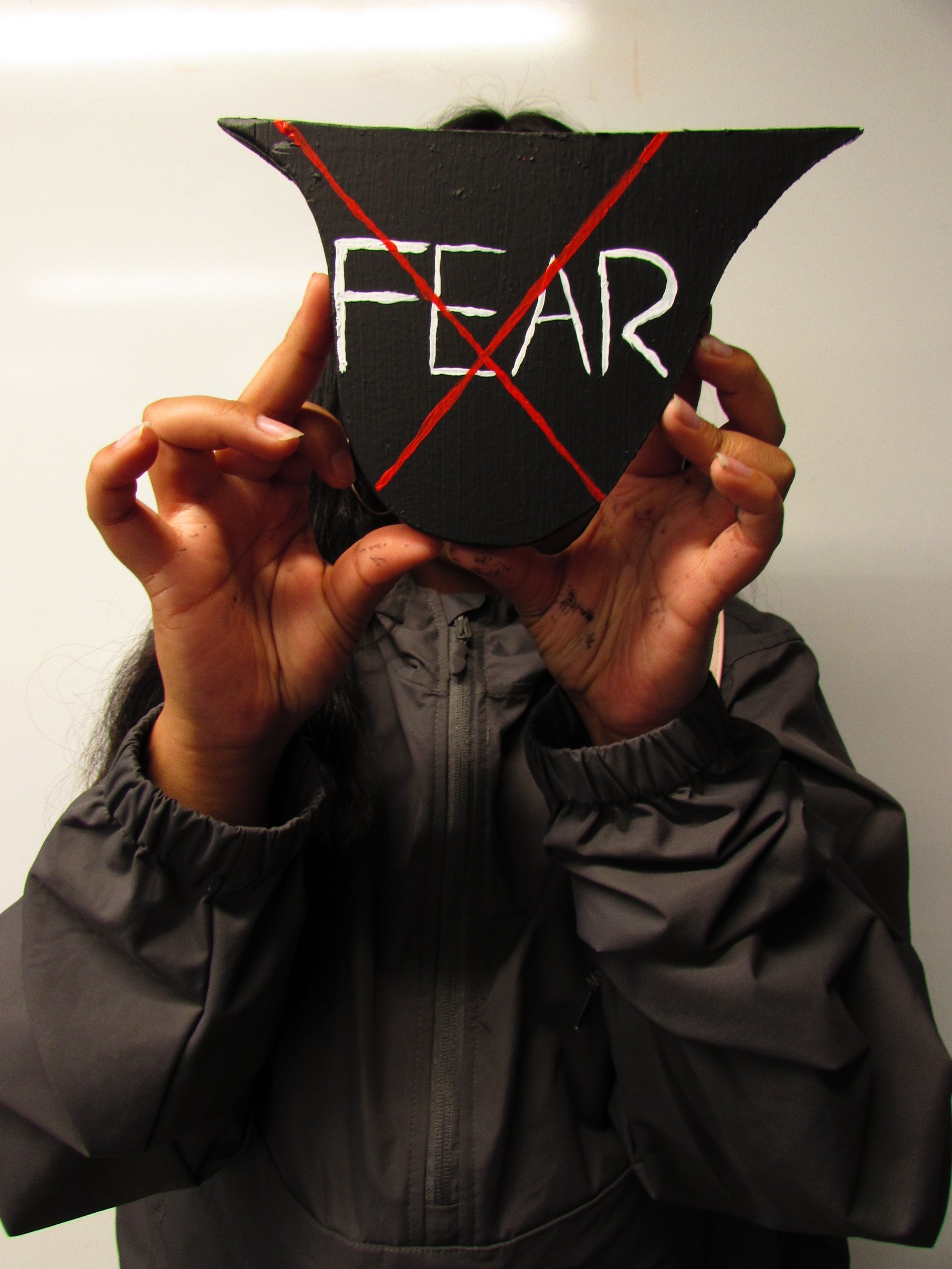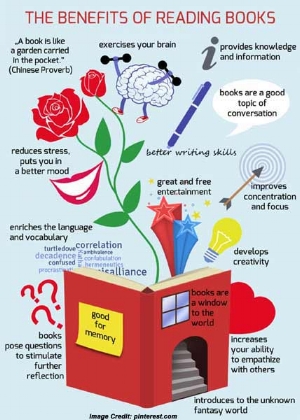"My experience with Words Alive has always been extremely positive. My love for reading has been restored since I have been involved with them and I've always found a support system within the organization." -- Lexi Martinez, Words Alive Westreich Scholar
A picture of Lexi holding up her award at the 2017 Words Alive Westreich Scholarship ceremony.
The Words Alive Westreich Scholarship Program awards scholarships to participants in the Words Alive Adolescent Book Group to support them in their pursuit of higher education at the college or vocational level. Unlike other scholarship programs, which typically fund only tuition, books and educational supplies, each recipient is eligible to receive funds to cover the cost of rent, food, childcare, clothing, travel and other living expenses. Additionally, the program matches each recipient with a mentor. Student and mentor meet regularly throughout the school year, and the mentors provide guidance, direction, and often, a shoulder to lean on.
In the past month, we have seen three of our scholarship students, Domminiece Willis, Zaphire Alonso Duarte, and Lexi Martinez, graduate from community college with associate's degrees. All three students graduated on May 25, 2018, Domminiece from Southwestern College and Zaphire and Lexi from City College.
Words Alive is thrilled to have been a part of the journey towards success for all of these wonderful students. We are so proud of all of them; they embody what it means to persevere and thrive.
We interviewed Lexi Martinez to learn more about her college experience and her experience with the Words Alive Westreich Scholarship Program.
Read on:
A picture of Lexi working with her mentor, Sarah Beauchemin, at an event at Feeding San Diego!
Name: Zaira "Lexi" Martinez
Age: 22
College: San Diego City College (will be attending San Diego State University in Fall 2018)
Degree (with area of study): Social Work (clinical)
Mentor: Sarah Beauchemin
1. When were you first introduced to Words Alive? How has your experience with Words Alive affected you?
I was first introduced to WA while I was a student at Monarch School in 2012-2013. My experience with WA has always been extremely positive. My love for reading has been restored since I have been involved with them and I've always found a support system within the organization.
2. What was the biggest challenge you faced in earning your degree?
My biggest obstacle was not having a stable living situation for me of my family.
3. How did you overcome that challenge?
I helped my mom as much as I could and thankfully my mom was able to get an affordable housing grant.
4. What is your favorite book that you read during your college years? Why?
My favorite book that I've recently read is Big Little Lies by Liane Moriarty.
5. What are your future plans now that you have earned your associate degree?
I will be attending SDSU in the Fall to get my Bachelors in Social Work.
6. What advice do you have for the next generation?
Always work on yourself and make you and your future your number one priority! Never stop trying to improve yourself.
